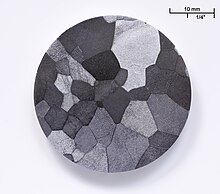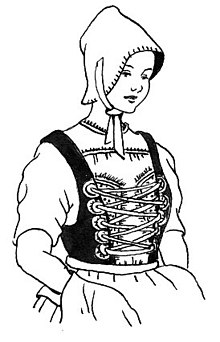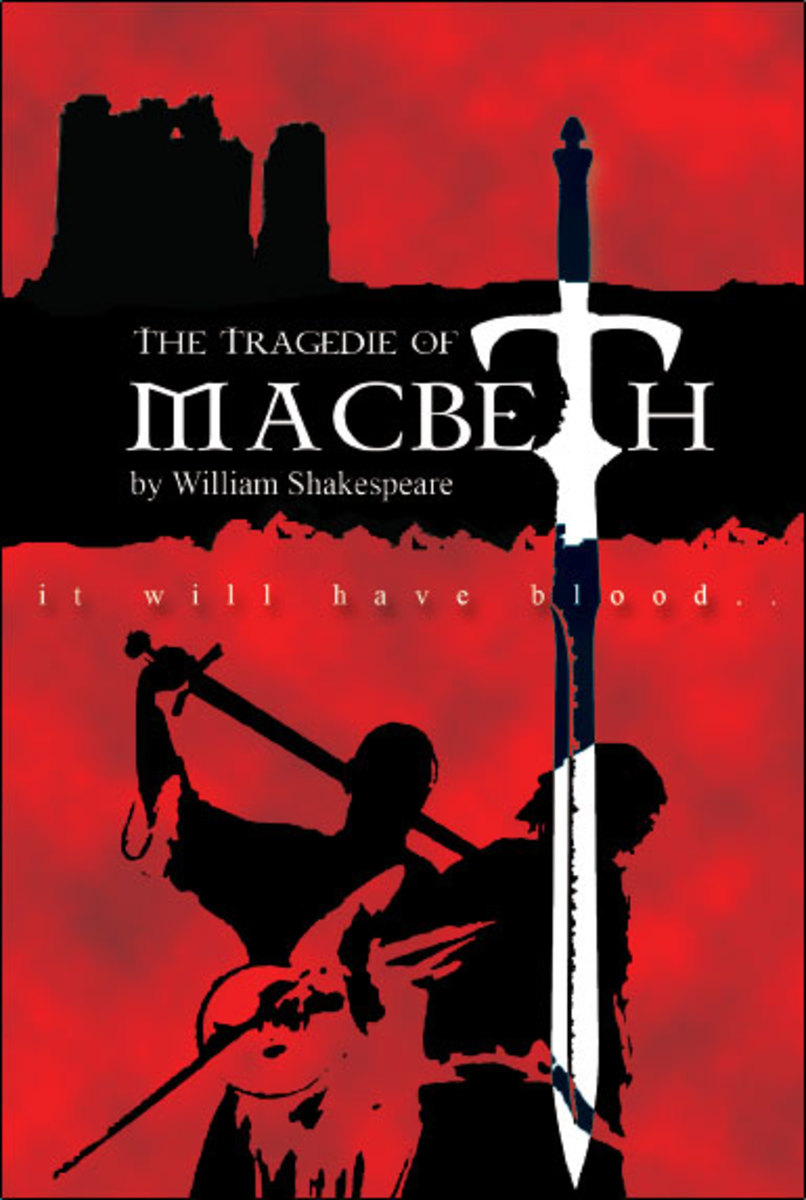To understand how much technology has changed over time.
Much can be attributed to the ancient Egyptians, even some of the earliest forms of technology and inventions that we still use today.
The Egyptians were innovation in astronomy, mathematics, medicine, language, and architecture.
Egyptian Inventions
Writing- hieroglyphics, paper, and black ink
Telling Time- Calendars and clocks
Construction- Organized labour force and machinery
Agriculture- ox-drawn plough and irrigation systems
Weapons- battle axes, armour and slingshots
Glass- jars, bottles and beads
Furniture- beds, tables and stools (which have inspired our modern furniture).
EGYPTIAN SCIENCE
Astronomy
The Egyptians made observations about the night sky, and their religion and heavenly bodies were greatly influenced by the sky and elements. They used their knowledge of astronomy to develop the lunar calendar based on the cycles of the moon and the star, Sirius, From their knowledge emerged the calendar that we use today, divided in 12 months, 365 days and 24-hour units.
Medicine
Some of the earliest developments in medicine were made by the ancient Egyptians people. They had a variety of medicines and cure for both humans and animals, along with much knowledge of anatomy, as they practised mummification and preservation of the dead. Although they had any "cures" for various ailments, some of the medicinal practices were questionable at best.
Mathematics
The great pyramids that the ancient Egyptians built required some knowledge of mathematics, especially of geometry. Mathematical principals were applied in the inventions of simple machines, as well as for transactions and record keeping. Math and numbers were used to record business transactions, and the ancient Egyptians even developed a decimal system. All their numbers were factors of 10, though, such as 1, 10, 100 and so on. Therefore, in order to demote 3 units, they would write the number "1" three times.












 Link:
Link: